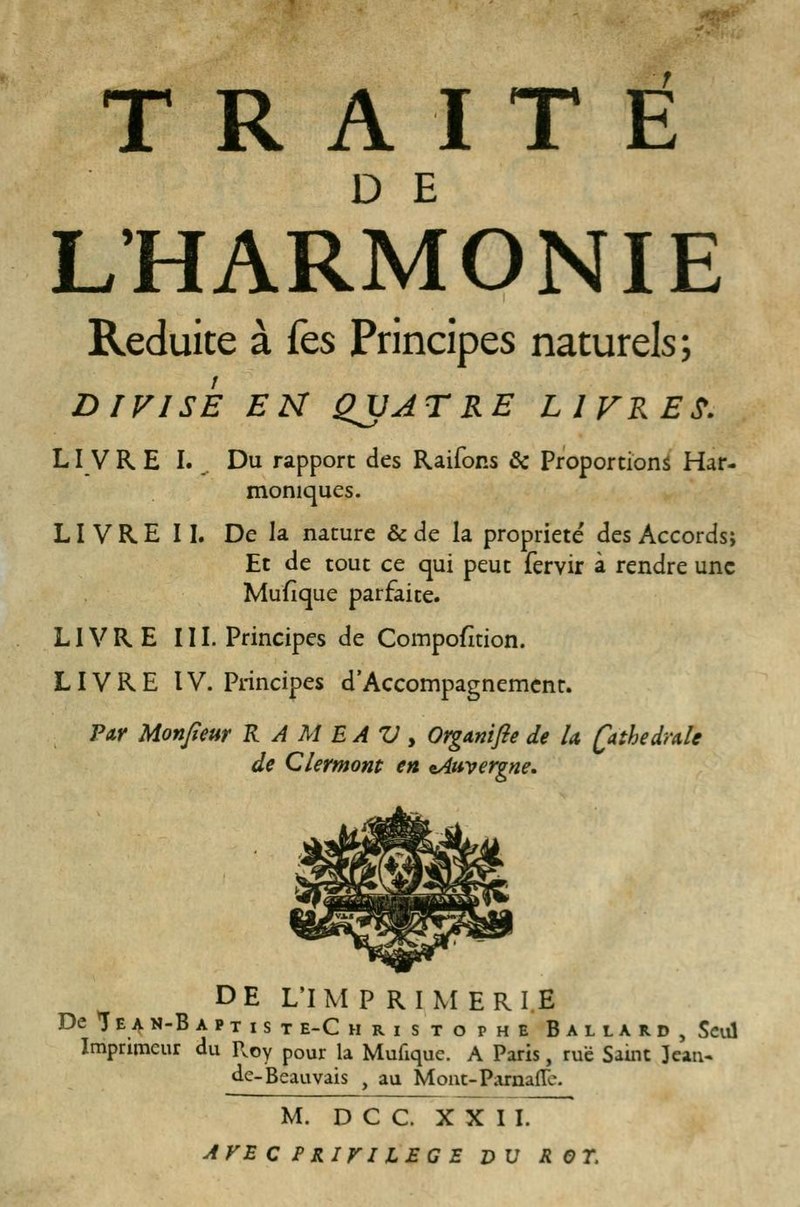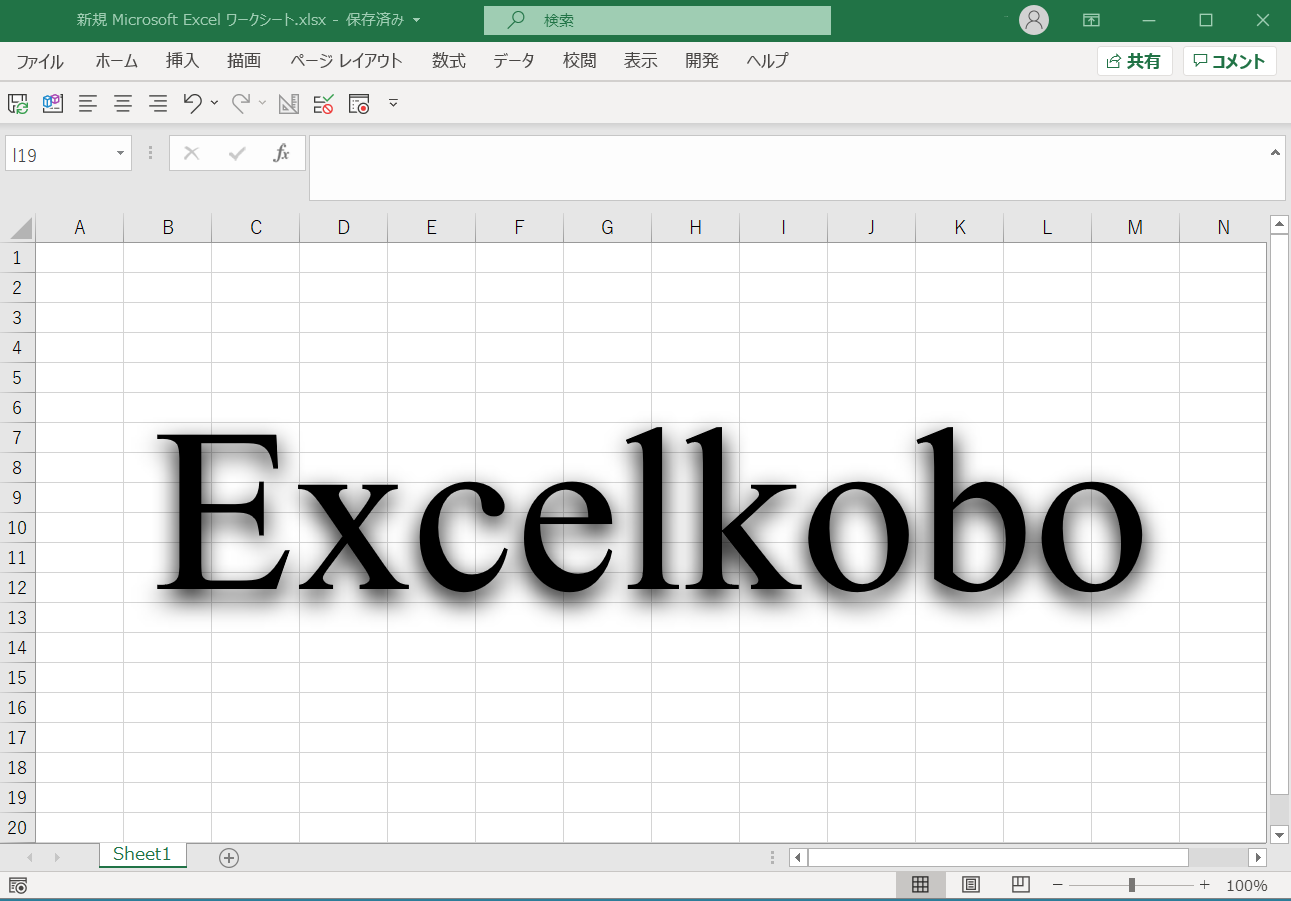Rameau’s Traité de l’harmonie
Rameau wrote so many incomprehensible illusions and apocryphal truths about musical theory that neither he nor anyone else could understand them.” (Diderot: “Rameau’s Nephew,” p. 9)
Needless to say, Diderot was a follower of Italian music and an opponent of Rameau. So such irony explains Diderot’s own position. However, in the same book, Diderot also has his nephew Rameau say the following Diderot: “By the way, do you do your lessons well?” He: “Yes, well, I’m getting by. Thanks to my uncle’s basic bass, it’s very easy for me. In other words, Rameau’s nephew states that his uncle’s book has made his music lessons easier. Indeed, “Basse fondamentale” is a “systematic” theory of harmony.
Rameau is often referred to as the “father of modern harmony”. Needless to say, this is the name given to Rameau as the founder of “functional harmony” in the modern age. It should be mentioned here that until the middle of the 18th century, it was the “age of the basso continuo. In the basso continuo, chords of 7, 56, 34, and 246, for example, were “different chords. According to Rameau’s theory, however, they are “the same chord. In other words, each of them is called the fundamental form, the first turning, the second turning, and the third turning, so to speak, and “which of the component tones comes to the lowest note” was the first time the question was raised. To put it bluntly, it was Rameau who “simplified” the study of harmony to the fullest extent (although Rameau’s writings themselves are not simple at all, but rather difficult to understand). The book on harmony that I read in those days was “Harmonics” by Shimofusa Kanichi, which, as I think about it now, was nothing other than Rameau’s theory.
However, at the time, I was more interested in “basso continuo” . I “read” the second volume of Carl Philipp Emanuel Bach’s book “Versuch über die wahre Art das Clavier zu spielen” (The Correct Way to Play the Clavier) very carefully, which was published by Zen-On Musik (In hindsight, there were many mistranslations). However it was very interesting. Here, all kinds of figured bass notes were explained as “separate chords” for example, the numbered 56 bass note was either ascending 2 degrees or descending 3 degrees, the 4 in the 54 chord was a chord moored in the 3rd degree, etc. Every single number was explained in relation to the meaning of the bass note and its movement. The numbers were explained in relation to the meaning of the bass movement. Naturally, there was no explanation of basic form or inflectional form. The chords that could be easily categorized and explained by Rameau’s approach were explained in detail and individually. I started composing music with basso continuo just by imitation, and I can say that this book was very helpful for me. #baroque #rameau #片山俊幸


